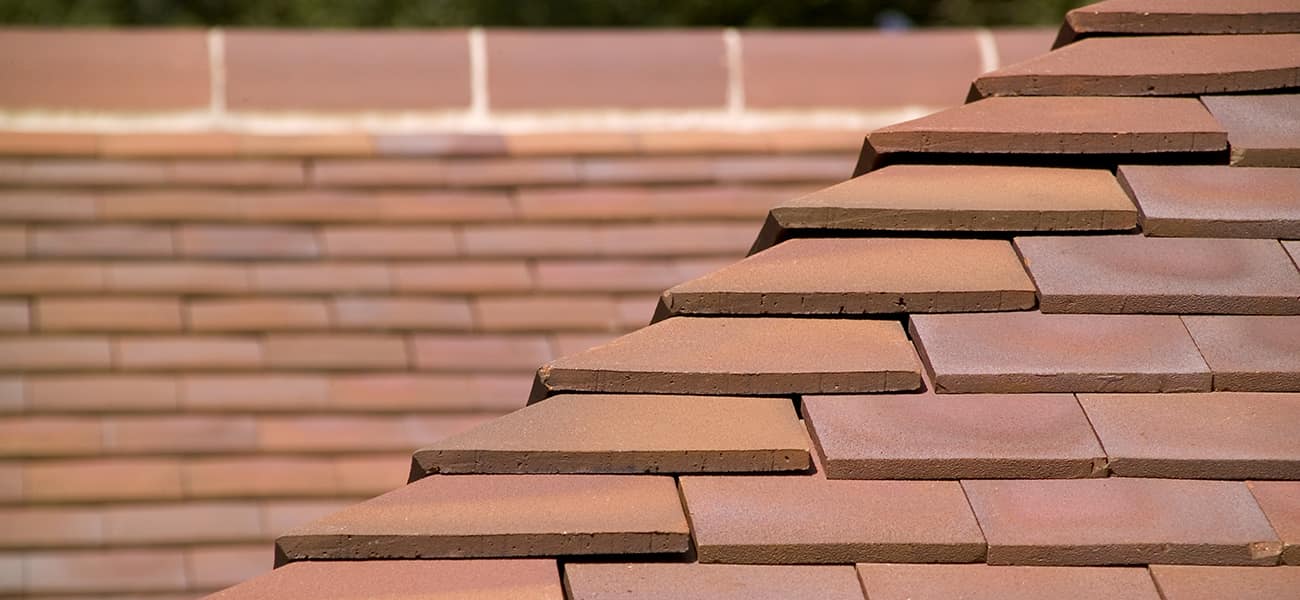Legislation Guidance and Reference for Roofs


Legislation, Guidance and Reference
Before contemplating any pitched roof design (or any other roof design), the designer must be aware of the current legislation, as well as the design requirements and standards that govern and influence the style, parameters, performance, products and construction of the roof.
The following section summarises many of the relevant documents, but is by no means exhaustive. Designers are advised to check the latest updates to the Approved Documents by accessing the Government website:
- Or in the case of the Welsh Approved Documents
- Or in the case of the Scottish Regulations
- Or the Northern Ireland Approved Documents
Building Regulations
These are mandatory regulations in England and are generated and approved by The Ministry of Housing, Communities and Local Government (MHCLG). The Welsh Assembly has responsibility for setting Building Regulations in Wales.
In Scotland they are generated and approved by the Scottish Government and in Northern Ireland, by the Department of Finance and Personnel. They must be complied with for all new build and a great deal of refurbishment work. They consist of the Building Regulations 2010 (as amended) for England, the Building Regulations 2010 (Wales) (as amended), the Building (Scotland) Regulations 2004 (as amended), and the Building Regulations (Northern Ireland) 2012. Compliance with these regulations is the responsibility of the building designer, who may be the owner of the building, his appointed architect, a structural engineer appointed by the owner or his architect or, in the case of small buildings, the actual builder.
The increasing complexity of roof constructions and the codes that govern their design has led many building designers to request the specialist services of a roof designer. In the case of pitched trussed rafter roofs, design or design-and-build sub-contracts may also be left to a trussed rafter designer. The Approved Documents of the Building Regulations (England), the Approved Documents of the Building Regulations (Wales), the Technical Handbooks (domestic and non-domestic) (Scotland) and the Technical booklets (Northern Ireland) provide mandatory requirements for common building situations in respect of the requirements for materials and workmanship.
British Standards
A British Standard is a published document that contains a technical specification or other criteria designed to be used consistently as a rule, guideline, or definition. They are a summary of best practice and are created by bringing together the experience and expertise of all relevant parties – the manufacturers, sellers, buyers, installers, users and regulators of a particular material, product, process or service. Whilst standards are intended for best practise guidance and do not impose any regulations, laws and regulations may refer to certain standards and make compliance with them compulsory. These are often referred to by authoritative organisations such as NHBC.
The principal British Standards relevant to this document are:
BS 5534: ‘Slating and tiling for pitched roofs and vertical cladding- Code of practice’
Gives recommendations for the design, materials, application, installation and performance of slates, tiles, shingles and shakes and their associated fittings and accessories used in the construction of pitched roofs and vertical cladding applications. Rain and wind resistance, along with durability, thermal insulation, the control of condensation, fire resistance, sound, environmental and health and safety issues are also considered. To be read in conjunction with BS 8000-6.
BS 8000-6: ‘Workmanship on building sites. Code of practice for slating and tiling of roofs and claddings’
Applies to the laying and fixing of clay and concrete tiles, natural and fibre cement slates and their associated fixings and accessories.
BS 5250: ‘Management of moisture in buildings – Code of practice’
Describes the causes and effects of surface and interstitial condensation in buildings and gives recommendations for its control.
BS 8612: ‘Dry-fixed ridge, hip and verge systems for slating and tiling - Specification’
BS 8612: 2018 is a British Standard that specifies the performance requirements and methods of test for dry-fixed ridge, hip and verge systems connected to timber ridge/hip battens, ridge boards or hip rafters, and verge systems fixed to battens, which are installed with slating or tiling.
Health and Safety
To ensure safe working practices during construction, the designer should consider relevant safety regulations. These include the Construction (Design and Management) Regulations and the Health and Safety Executive’s approved code of practice for management of health and safety at work, including HSG 33 ‘Health and safety in roof work’.
Other Guidance Documents
Certain advisory bodies such as the National Federation of Roofing Contractors (NFRC), Roof Tile Association (RTA), National House Building Council (NHBC), Loss Prevention Council, Building Research Establishment Ltd (BRE) and Timber Research and Development Association (TRADA) also produce recommendations and guidance on roof construction which should be considered.
Disclaimer - The information shared in this blog is correct at the time of publication. Guidance, standards, and best practices may change over time, so if you’d like further clarification or the latest updates, please get in touch with the Marley Technical Advisory Team, who will be happy to help.